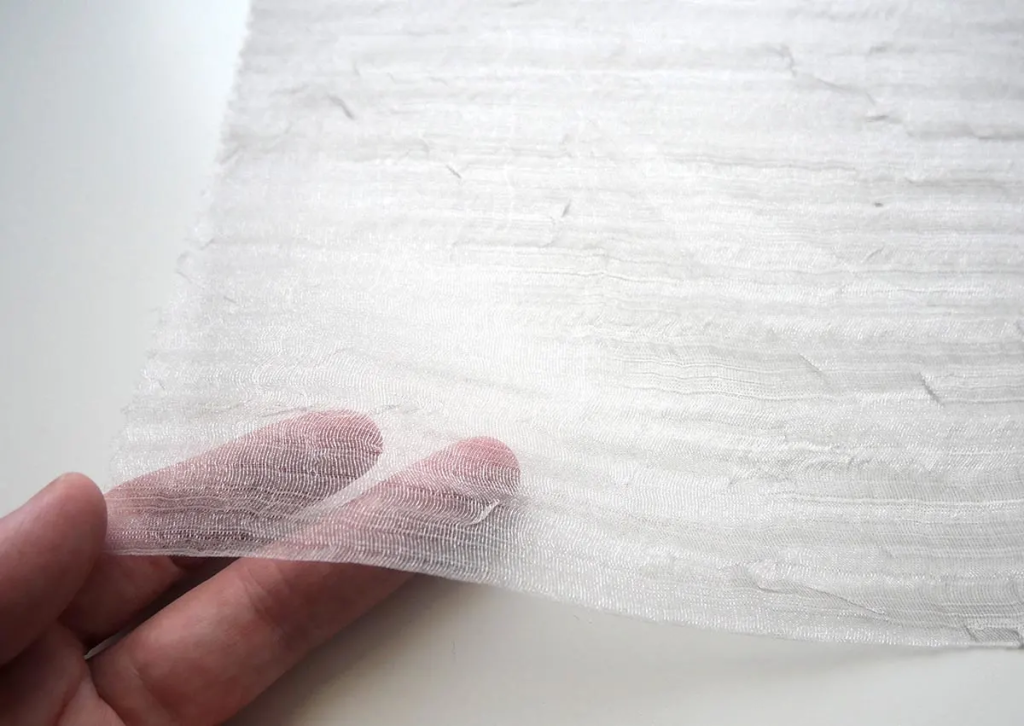Interfacing cloth is an important yet usually underestimated portion in the world of sewing and outfit construction. It serves as a crucial stabilizer, providing framework and support to materials, specially the ones that may lack the required weight or tone for unique projects. Whether you’re developing a tailored blazer, a delicate blouse, or even a quilted masterpiece, interfacing represents a vital role in elevating the general quality and longevity of the completed piece.
Among the primary functions of interfacing is to prevent materials from stretching or distorting through the sewing process. This is very crucial whenever using lightweight or fine resources, ensuring that the final dress retains its supposed shape. Interfacing can be placed on numerous parts such as for example collars, cuffs, and plackets, reinforcing these pieces for added stability.
Interfacing will come in different forms, including fusible and sew-in varieties. Fusible interfacing is applied by pressing, making a bond involving the interfacing and the cloth when heat is applied. Sew-in interfacing, on one other give, is sewn straight into the garment. The option between the two depends upon the challenge requirements, fabric form, and particular preference. Each type of interfacing has its advantages, offering flexibility in software based on the desired outcome.
When selecting interfacing, criteria such as for instance fat, fiber material, and the supposed utilization of the dress enter into play. For lightweight textiles, a light interfacing is recommended to avoid adding unnecessary volume, while heavier textiles might require a sturdier interfacing to provide ample support. Moreover, interfacing is found in a variety of fiber compositions, including cotton, polyester, and blends, allowing for compatibility with a wide range of fabrics.
Interfacing extends beyond the sphere of apparel, obtaining programs in quilting and house decoration projects. In quilting, interfacing can be used to stabilize cloth for intricate designs or to include dimension to particular elements. When integrated into house decor things like drapes or pillowcases, interfacing contributes to the longevity and qualified end of the ultimate product.
Knowledge the nuances of interfacing program is vital for achieving professional effects in stitching projects. The method requires careful cutting and location to ensure the interfacing offers support in which it’s needed without being obvious from the outside. Correct software benefits in a dress that not just looks finished but additionally maintains its shape and framework over time.
Interfacing is a flexible tool that allows for innovative phrase in clothing construction. Beyond their sensible operates, it may be logically used to try out designs, Interfacing Fabric ornamental components, or produce distinctive style features. The hidden nature of interfacing belies its substantial affect the entire visual and durability of the completed item, making it a behind-the-scenes hero in the artwork of sewing.

In summary, interfacing fabric is a silent hero in the world of sewing, giving vital support and structure to garments and projects. Its position in stabilizing fabrics, stopping distortion, and enhancing over all quality can not be overstated. Whether you’re a veteran seamstress or a novice, knowledge the varied purposes and types of interfacing starts up a full world of opportunities for elevating your sewing creations to new heights.
